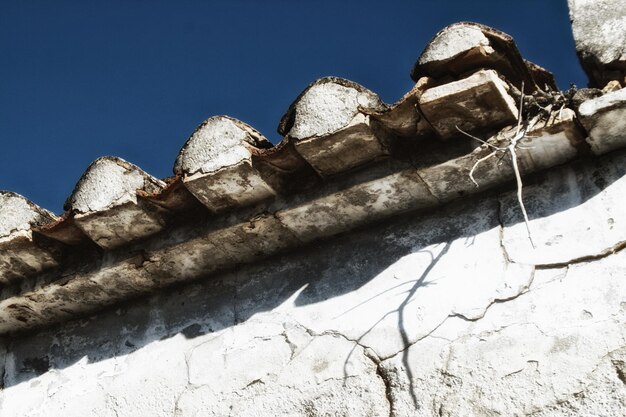Is Your Home Safe from Roof Embers? What You Need to Know
In the midst of a wildfire, the drama of the towering flames often overshadows the real menace: embers. These tiny, smoldering pieces of flaming debris can be carried by the wind over long distances, landing on roofs and igniting fires. The question is, how many homes burn down from embers on the roof?
Understanding the Risk
Recent studies have highlighted that the majority of homes lost in wildfires are ignited by embers rather than direct contact with flames. According to the National Fire Protection Association (NFPA), embers are often responsible for igniting up to 90% of homes in wildfire-prone areas. Once on the roof, these embers can spark a blaze, especially if they find their way into the attic through vents or ignite dry, combustible roofing materials.
To mitigate this risk, it's crucial for homeowners to invest in fire-resistant roofing materials. Options like metal, tile, or Class A-rated shingles significantly reduce the likelihood of your roof catching fire from embers. Additionally, properly screened vents and maintained defensible space further decrease vulnerability.
Government Aid Programs
If you’re concerned about the financial burden of upgrading your home to be more fire-resistant, there are options. Federal and state programs offer assistance to homeowners in fire-prone areas.
- FEMA Assistance: After a disaster, the Federal Emergency Management Agency (FEMA) provides aid that can cover the cost of temporary housing and repairs.
- State Grants: Some states offer grants for fire-resistant home improvements. Checking with your state’s emergency management office can provide more information.
- Low-interest Loans: The government offers low-interest loans tailored for disaster-related home improvements.
Financial Assistance and Debt Relief
For those affected by a home loss due to embers, restoring what was lost can be financially overwhelming. Here are some financial paths you can explore:
- Homeowners Insurance: Verify your policy ensures coverage for wildfire damage. Some policies also offer additional support for rebuilding to confer fire-resistance.
- Debt Counseling: Professional advice can help manage existing debts and make informed decisions while rebuilding.
- Credit Card Solutions: Some credit cards offer protections for major purchases, which might assist in covering some reconstruction costs.
Educational Opportunities
Preventive steps and safety awareness are key in minimizing wildfire risks. Several educational resources are available to help:
- Fire Safety Courses: Offered by many local fire departments. These courses can educate citizens on fire-resistant landscaping and home hardening techniques.
- Online Resources: Websites like Ready.gov provide guidelines on preparing for wildfires and mitigating home risks.
- Community Workshops: Community associations frequently organize workshops to improve local preparedness and response strategies.
Embers: A Real Threat
Long before the flames catch up, it’s the embers that often wreak havoc, silently landing on rooftops and inciting tragedy. Recognizing this invisible threat is the first step toward safeguarding your home and family.
With the right materials, support, and knowledge, you can protect your home from being an ember's next victim. Turning to government aid programs can ease the process financially, ensuring that readiness doesn’t drain resources meant for recovery.
📌 Financial Assistance Programs & Resources:
- 🌟 FEMA Disaster Assistance: Covers temporary housing and repair costs.
- 🏠 State Home Improvement Grants: Check local provisions for fire safety grants.
- 💸 Low-interest Government Loans: Suitable for fire-resistant upgrades.
- 🏦 Insurance Review: Ensure your policy covers wildfires comprehensively.
- 💳 Credit Card Protections: Look for cards offering purchase protections.
- 📚 Fire Safety Education: Enroll in courses from local fire departments.
- 👥 Community Fire Preparedness Workshops: Enhance collective local knowledge.
